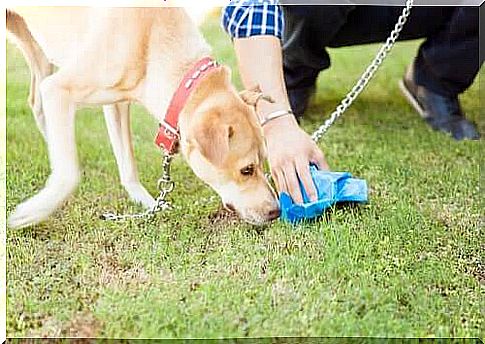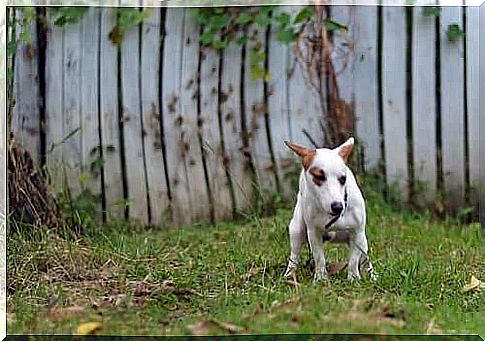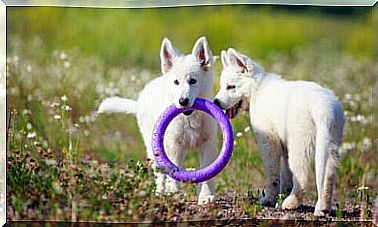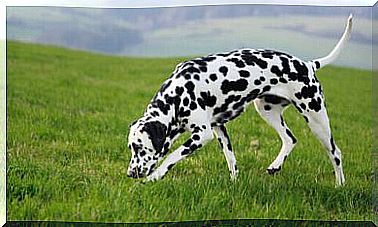Is It Possible To Identify A Dog By Its Feces?

Currently, there is a system that allows you to identify a dog by its feces through genetic analysis. More and more municipalities around the world are deciding to apply it to combat the pollution generated by the abandonment of canine feces in public spaces.
Next, we’ll explain how it’s possible to identify a dog’s DNA from its feces. We’ll also talk about the debates generated by using this method to punish owners.
Is it possible to identify a dog by its feces?
Simply put, a dog’s poop carries some traces of its genetic information. From a stool sample, it is possible to isolate the markers in question in the laboratory.
With this information, and after comparing it with a DNA sample, it is possible to confirm that the poop ‘belongs’ to a particular dog.
In addition to recognizing the “owner” of the poop, this type of analysis also made it possible to recognize the origin of numerous bacteria found in groundwater. Thus, it was possible to confirm the presence of organic residues from canine feces in underground aquifers.
In addition to attracting insects that can transmit disease, the feces dissolve with the help of rain and allow various pathogens to penetrate underground. After this finding, many municipalities decided to strengthen the fight against the abandonment of canine feces.

DNA analysis to identify owners who do not collect their dog’s feces
Removing the dog’s poop in public spaces is one of the owner’s obligations, but there is still no law that establishes the sanctions applicable to the abandonment of dog feces.
Each municipality can make its own decisions in this regard and define the most appropriate amount for fines.
There are several municipalities that have decided to implement the genetic analysis system to identify a dog by its feces and thus punish their owners in case they do not collect them. The idea is to strengthen the fight against dropping feces and the consequent environmental pollution.
Basically, it involves collecting a sample of abandoned feces and then analyzing the genetic markers to identify its origin. After recognizing the dog that made the waste, the owner would be penalized for not removing it.
For this method to be viable, it is necessary to create a bank with genetic samples of dogs registered in each municipality. Only by comparing the traces of genetic material in the feces with the samples can the dog’s identity be confirmed.
Consequently, owners are obliged to take their dogs for a blood draw, from which their genetic profile will be obtained. Afterwards, each owner receives an identification plate that allows the dog to be linked to the feces, and also helps to recognize it in case of loss.

Controversies about the effectiveness and feasibility of genetic analysis
As expected, the decision to use genetics to fine owners has generated a lot of controversy since its introduction in 2014. Since then, more than 40,000 owners have been fined for abandoning their dog’s poop.
For one thing, DNA research to identify a dog by its feces is very expensive. In addition to spending on the analysis itself, the municipality must bear the costs related to blood samples and tracking the genetic profile of all dogs registered in its territory.
As pointed out by the College of Veterinarians of Alicante (Icoval), this is a very high investment in a method with little proven efficacy. Mainly because the system raises many legal doubts about the custody of the collected samples.
To increase its reliability, it would be necessary for the collection, transport and processing of samples to be monitored by an official with the necessary competence to guarantee the legality of the procedure.
This would imply an even greater investment, which would be reflected in the need to impose higher penalties.
Furthermore, according to Icoval, this system also does not offer advantages for locating lost or stolen animals.
As they emphasize, microchips allow you to identify the dog immediately, after reading its code, while comparing genetic samples would take at least two days to return reliable results.









